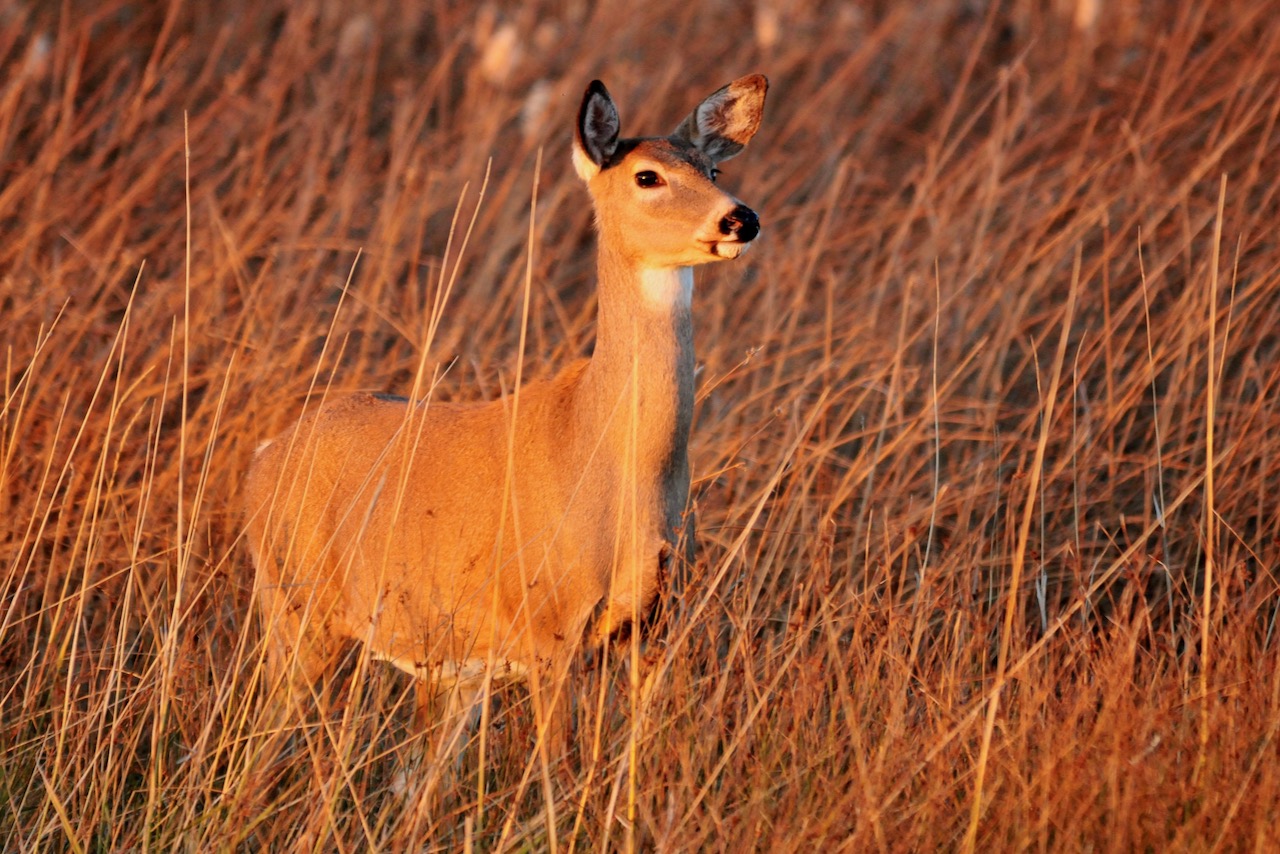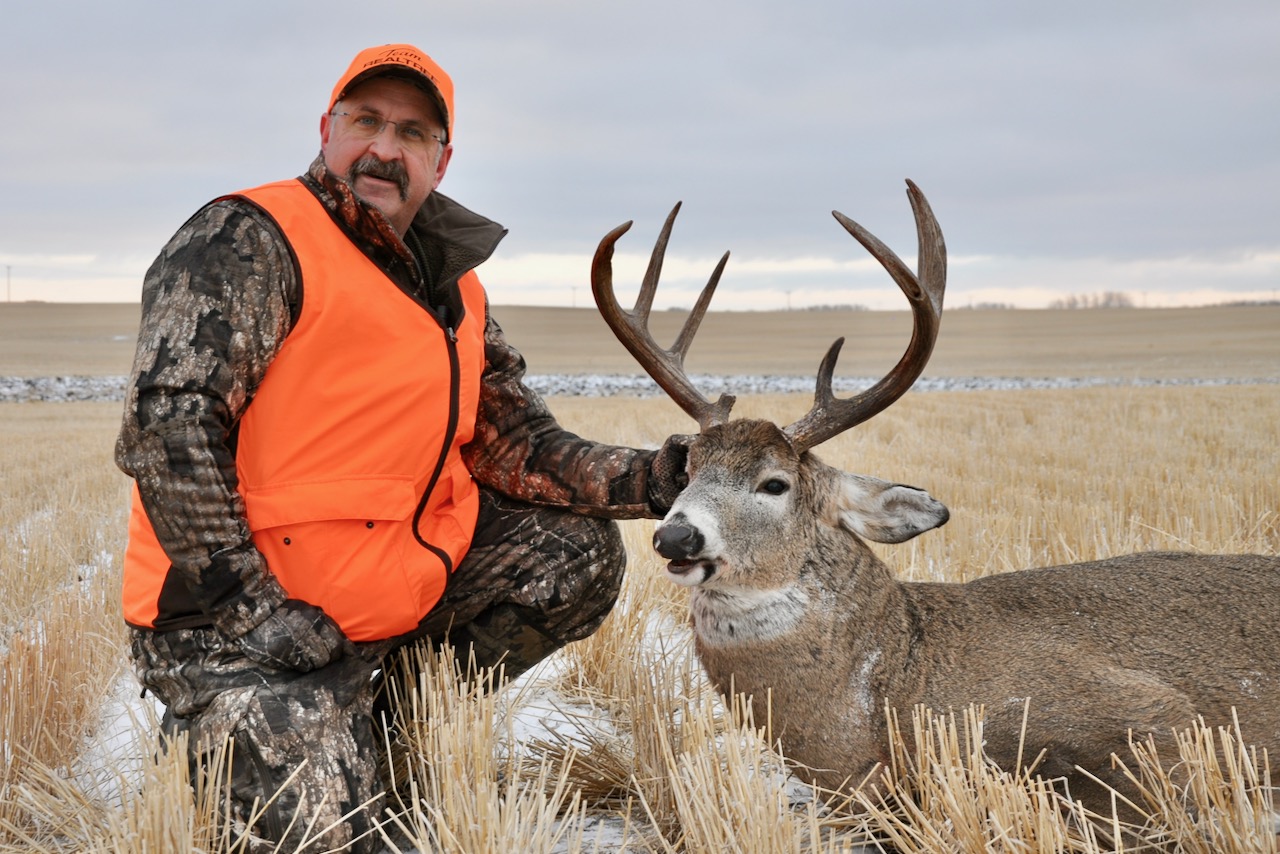HOME ON THE RANGE
For a unique and challenging hunt, set your sights on the giant whitetails of the Prairies
Advertisement

HUNTING THE RUT
During the pre-rut and rut phases, prairie whitetails start to roam more and more out in the open during the daylight hours. No matter which hunting tactic you use, this rise in activity truly boosts your chances of seeing deer.
While prairie bucks make scrape lines along the edges of cover and search out mates using scent, they also rely on their eyesight to spot does in the open country. During this time, bucks will travel on the edges of cover to pick up scent, and follow does into feeding fields. If they see a distant doe, they won’t hesitate to cross an open field to reach her, even in the middle of the day.
Advertisement
Once a buck finds a hot doe, he’ll often herd her into a large, open field away from cover, then lock down with her in a low spot for a couple of days. That behaviour may seem odd, but hiding out in the open is a smart strategy, with the low elevation hiding the buck and his mate from other bucks. And since he’s out in the open, the buck can also see any potential interlopers long before they see him. If an intruder does appear, the tending buck can either try to stay hidden with his doe, our chase her to another safe area.
My absolute favourite time and place to hunt prairie whitetails is when the bucks are locked down and hiding with their mates in stubble fields. That’s when I spend much of the day at various vantage points, glassing the stubble. Once I spot a pair of deer, it’s time to move in for a stalk. While closing in, I always keep the wind in my favour, staying as low as possible and using the lay of the land to my advantage. That often allows me to get close enough for a shot.
Another thing I’ve learned from years of hunting the prairies is that tending bucks are usually on full alert. Does will stay bedded and not run away unless I get too close, or they catch wind of me. Bedded bucks are constantly watching for danger, however, and will often stand up for a look, inadvertently offering a good shooting opportunity. If the buck does spook and run off while the doe stays bedded, he’ll usually return to her in short order—just one more little tip to help you tag out on a big prairie whitetail this fall.
Advertisement

